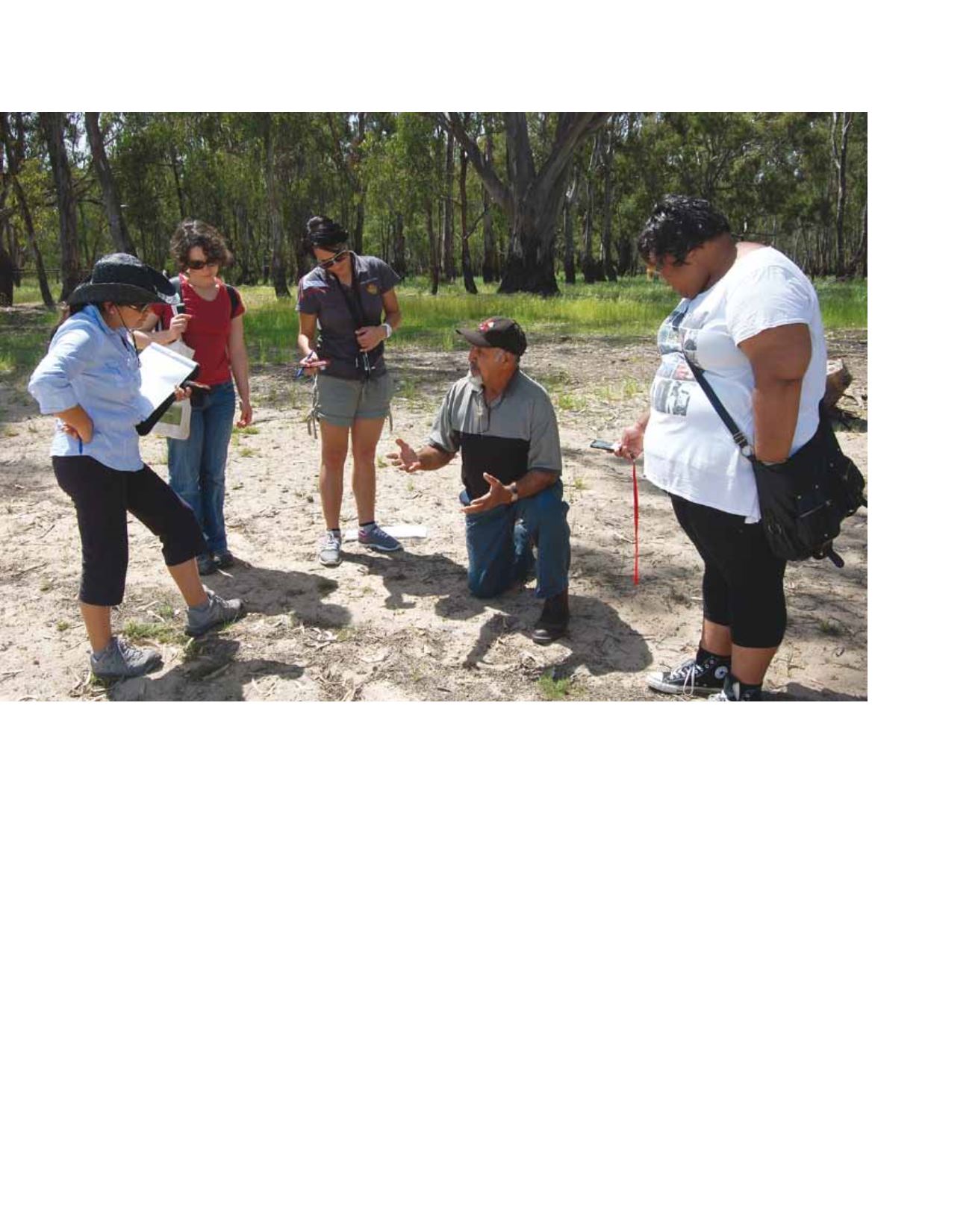

[
] 198
E
cosystems
in soils and ecosystems is becoming increasingly important in
efforts to mitigate climate change. About 23 per cent of Australia’s
greenhouse gas emissions come from the land sector, but there
are opportunities to offset a significant proportion of these emis-
sions through carbon sequestration activities and changing land
use practices. Fire abatement, feral animal management, improved
grazing management and avoidance of deforestation (emissions
avoidance), together with reforestation and revegetation (carbon
sequestration), are all land management activities that offer impor-
tant opportunities to offset carbon emissions in Australia. Much
of the carbon stored in northern and inland Australia occurs on
indigenous-owned land and many indigenous peoples are well
placed to provide climate services in the form of greenhouse gas
abatement and carbon sequestration services.
In August 2011 the Australian Government passed legislation
to establish a Carbon Farming Initiative (CFI). This is a voluntary
carbon-crediting mechanism to provide market-based incentives for
activities that reduce greenhouse gas emissions in the land sector. In
addition to the greenhouse gas emissions reductions, the CFI also
seeks to promote the community and environmental benefits – or
‘co-benefits’ – associated with eligible carbon offset projects, including
indigenous co-benefits. To enable projects to generate CFI credits that
also deliver indigenous co-benefits, the proponent will
need to demonstrate that their project delivers benefits
to one or more indigenous communities. Indigenous
people’s participation in carbon markets has the poten-
tial to offset greenhouse gas emissions while providing
an avenue to pursue culturally appropriate activities that
meet their local livelihood and economic development
aspirations by broadening opportunities for aboriginal
people to work on the land while maintaining a physical
and spiritual connection to it, and grow their knowledge
and practices for future generations.
“People talk about country in the same way that they
would talk about a person: they speak to country, sing
to country, visit country, worry about country, feel sorry
for country, and long for country. People say that country
knows, hears, smells, takes notice, takes care, is sorry or
happy. Country is a living entity with a yesterday, today
and tomorrow, with a consciousness, and a will towards
life. Because of this richness, country is home, and peace;
nourishment for body, mind, and spirit; heart’s ease.”
Deborah Bird Rose, anthropologist.
Capturing the stories of Australia’s indigenous people
Image: Monash Sustainability Institute
















